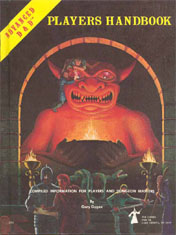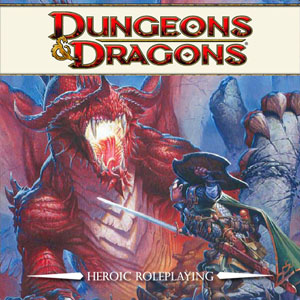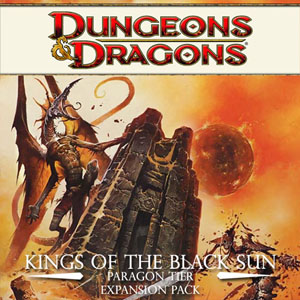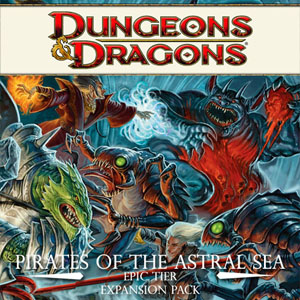In the comments on yesterday’s post, I linked to my house rules for death and dying and my thoughts on save-or-die effects. One of the major thoughts in those posts was the fact that I’ve replaced death effects with Constitution damage in my campaign, and my hypothesis that non-deadly save-or-die effects could similarly be replaced with ability score damage. (For example, a petrification effect could inflict Dexterity damage. A flesh to stone spell would only turn you to stone if it reduced your Dexterity to 0. If your Dexterity wasn’t reduced to 0, then you can still feel your reflexes slowing down as your flesh stiffens and hardens.)
Using Constitution damage for death effects has worked really well: Death effects remain fearsome without bypassing ablative mechanics entirely, and the hefty hit point loss coupled to Constitution damage means that they have a meaningful impact even if death isn’t achieved.
Replacing other save-or-die effects with comparable ability damage, however, has run up against the fact that ability score damage can be a real headache in 3rd Edition. Dexterity damage, for example, means recalculating Armor Class, attack bonuses, and skill bonuses on-the-fly in the middle of combat. A certain degree of system mastery will allow you to simply note the penalty and then apply it to everything that you remember is based on Dexterity, but once you start tossing around multiple types of ability score damage it can turn into a real nightmare.
Recently, however, I’ve realized that the solution may have been staring me in the face. There’s another type of damage which would normally require massive recalculation of multiple scores and abilities: Energy drain. The designers of 3rd Edition, however, recognized what a pain-in-the-ass energy drain could be in previous editions and supplied a simple method for handling it in the middle of encounters: Negative levels.
Thus, in 3rd Edition, when you suffer a negative level you simply:
- -1 on all skill checks, ability checks, attack rolls, and saving throws
- -5 hit points
- -1 effective level (for level checks, etc.)
- Lose 1 spell from highest-level of currently available spells.
Can a similar solution work for ability score damage? I think so.
SUPER SIMPLE ABILITY SCORE DAMAGE
For every two points of ability damage you suffer during an encounter (regardless of which ability), you suffer a -1 penalty on all skill checks, ability checks, attack rolls, and saving throws.
Constitution Loss: Constitution damage also subtracts -1 hit point per HD for every 2 points of Constitution damage suffered.
Spellcasting: Spellcasters who have their spellcasting attribute targeted must adjust the save DCs of their spells due to damage suffered.
When the encounter ends, re-calculate the actual penalties of any damage which remains.
(The rules for healing drain/damage remain the same. Similarly, the rules for what happens when an ability score is reduced to 0 remain the same.)
















